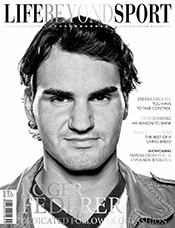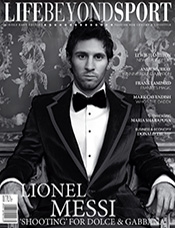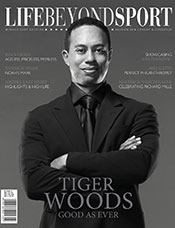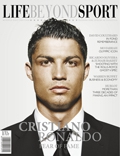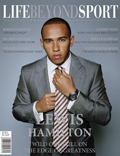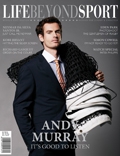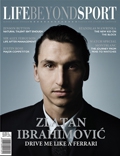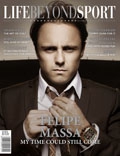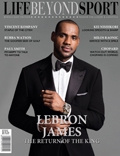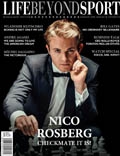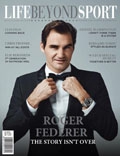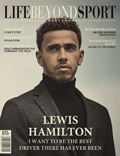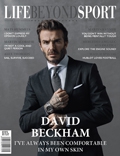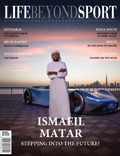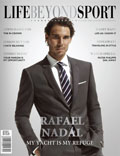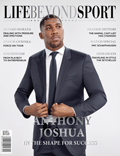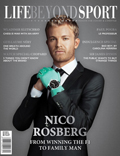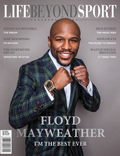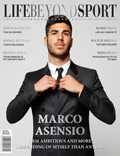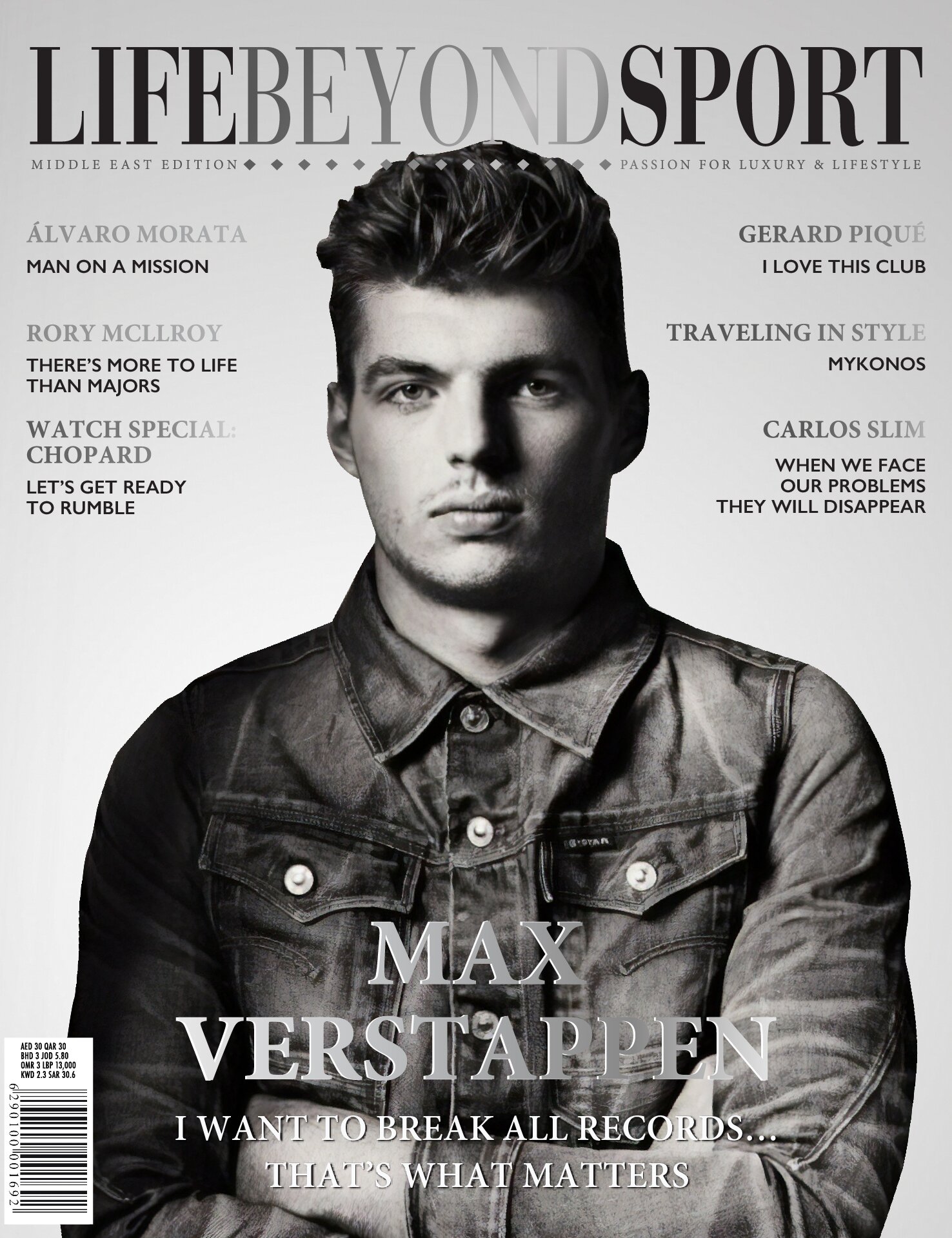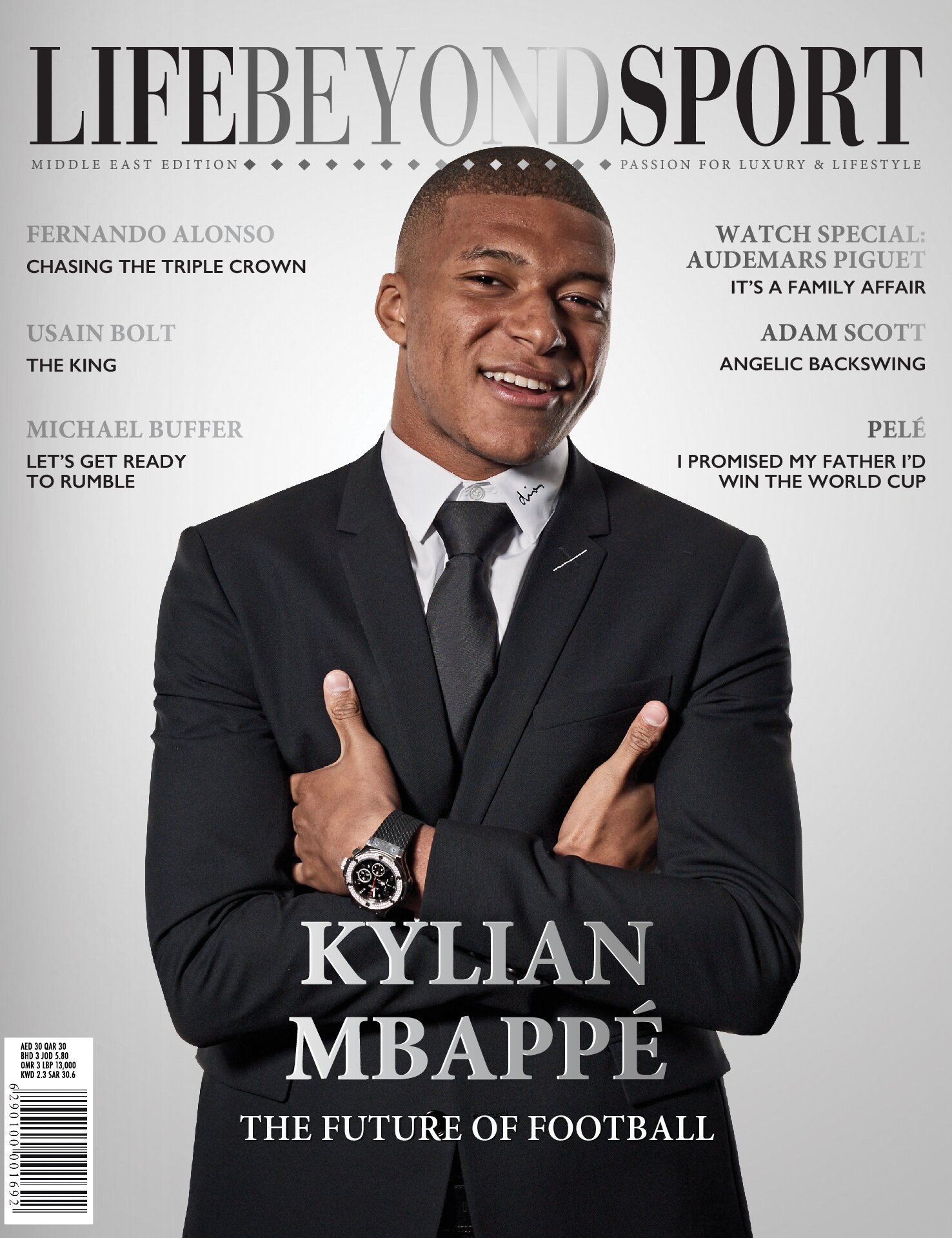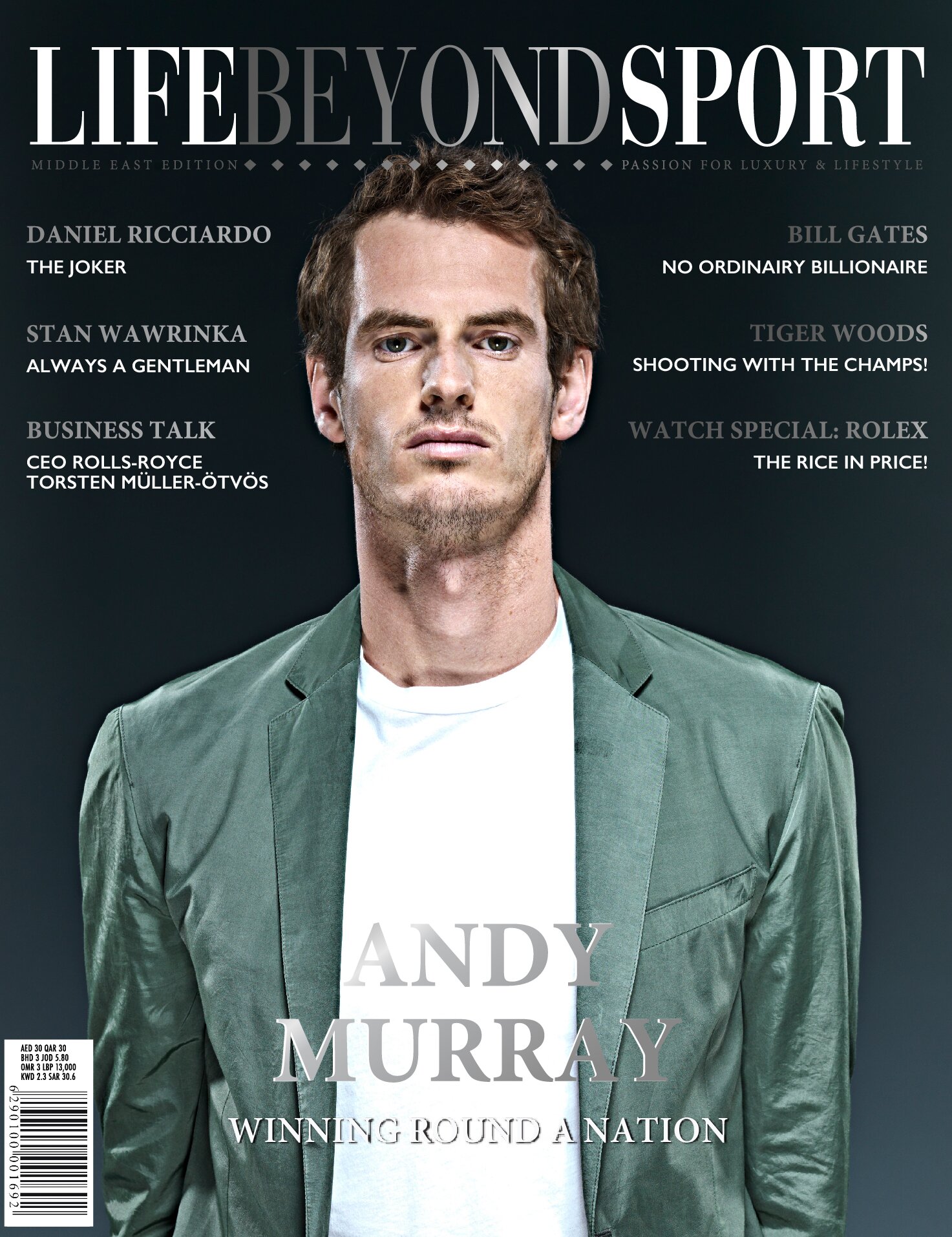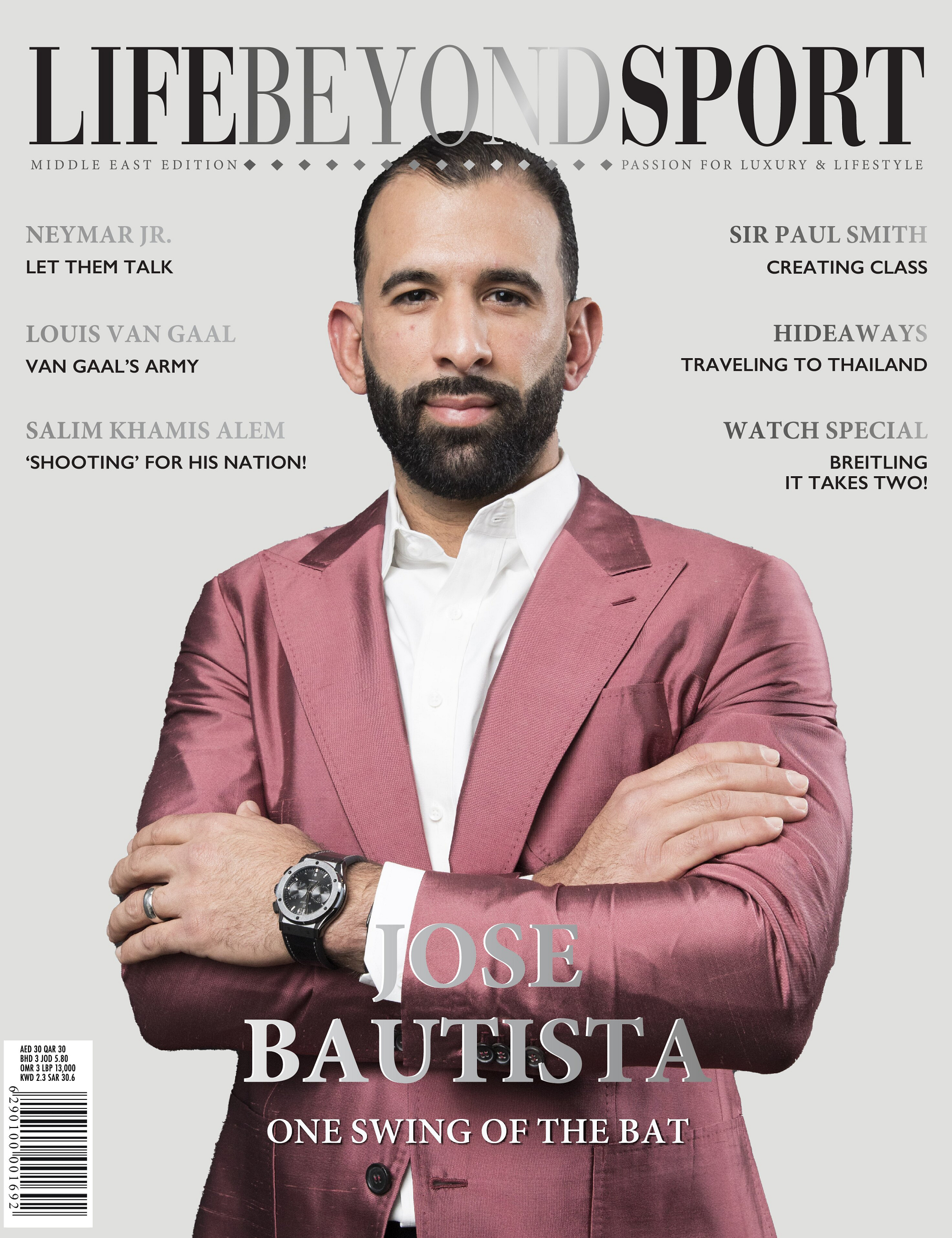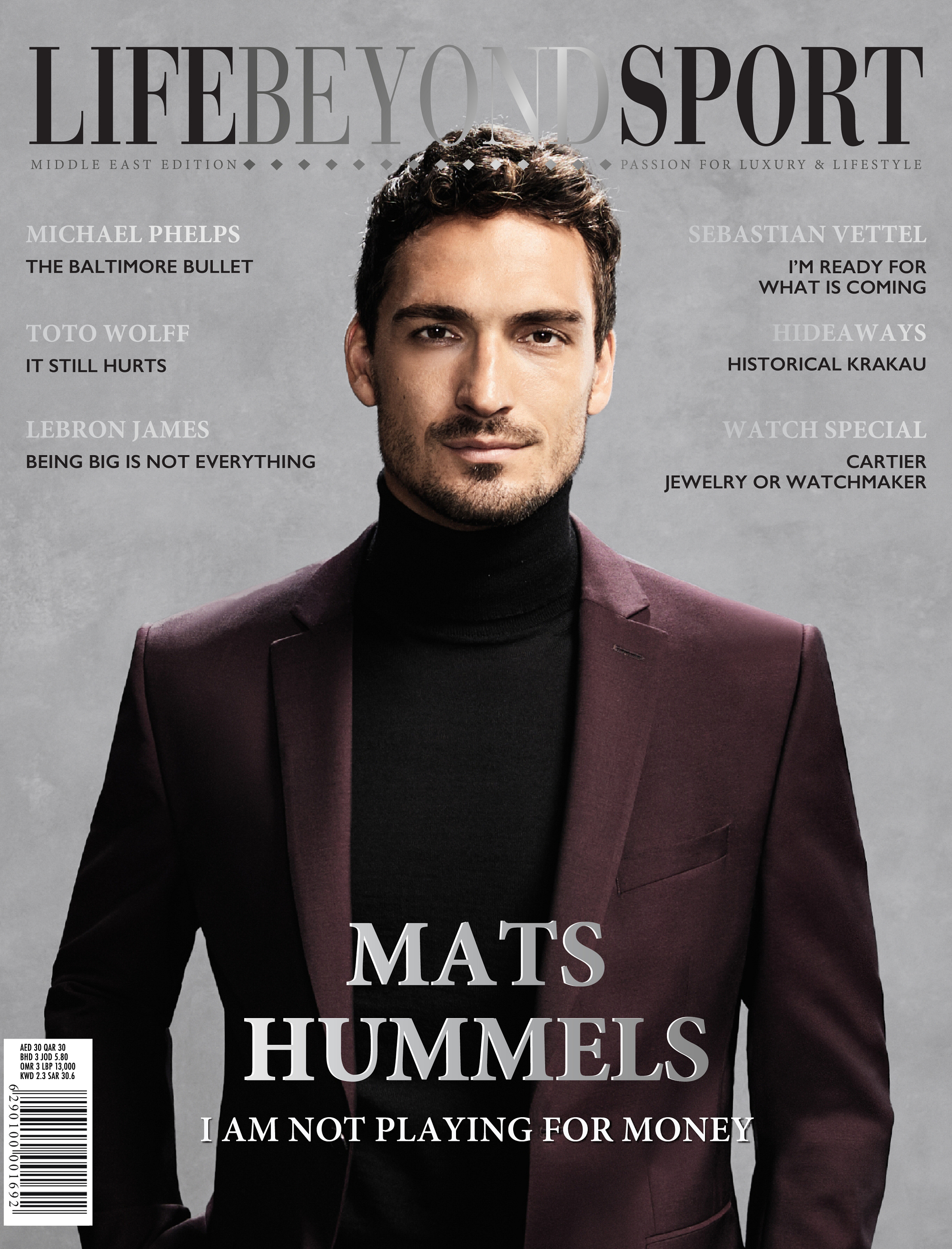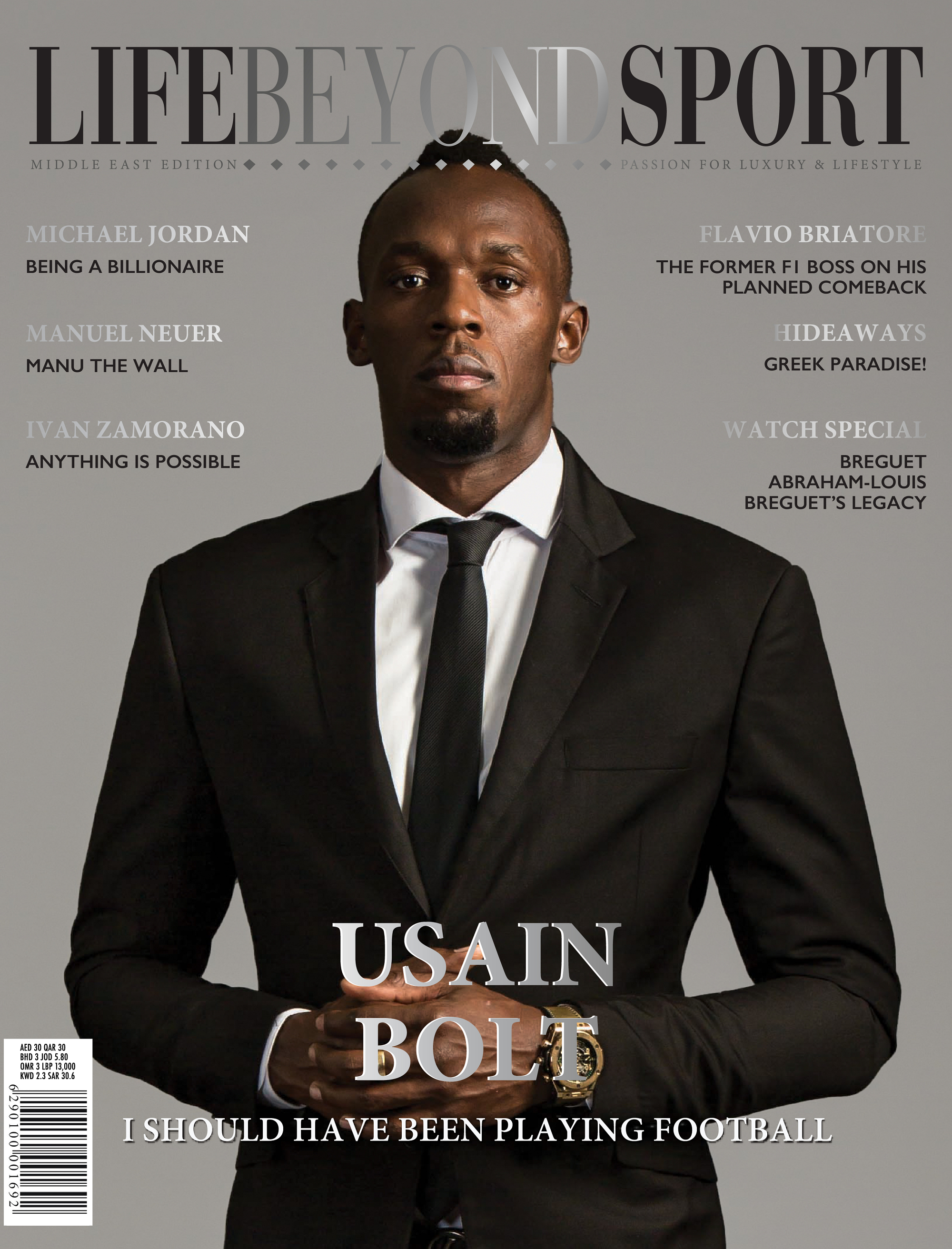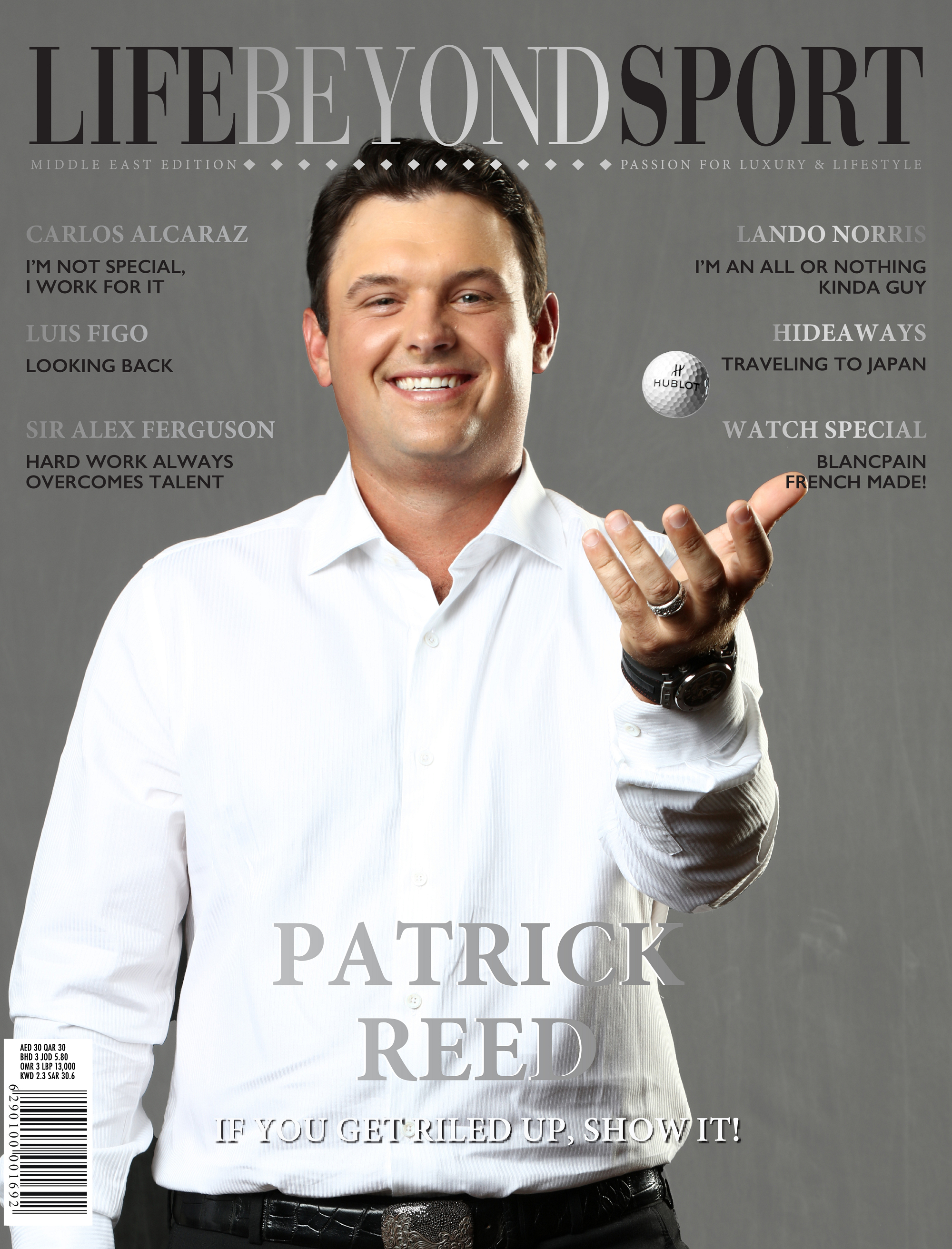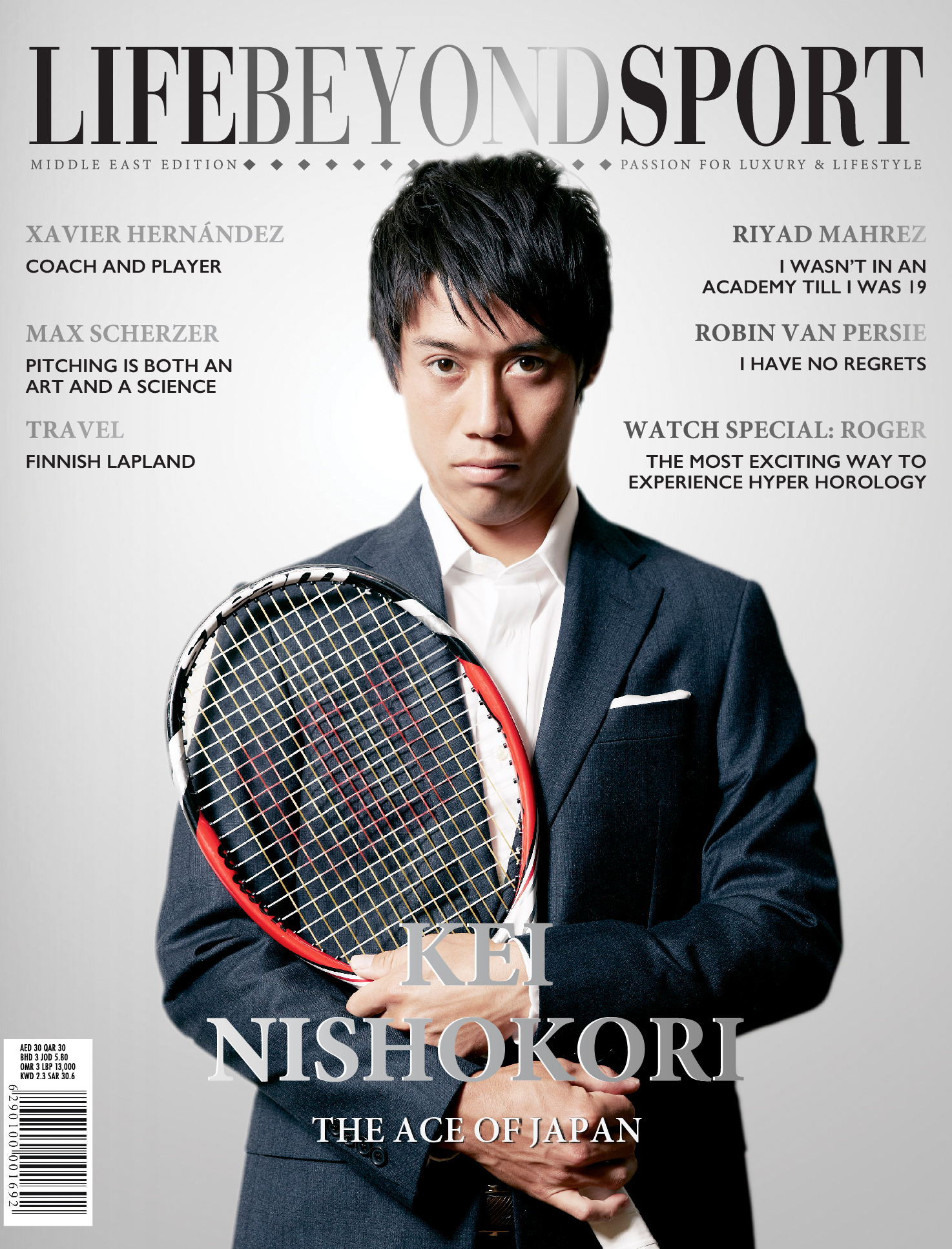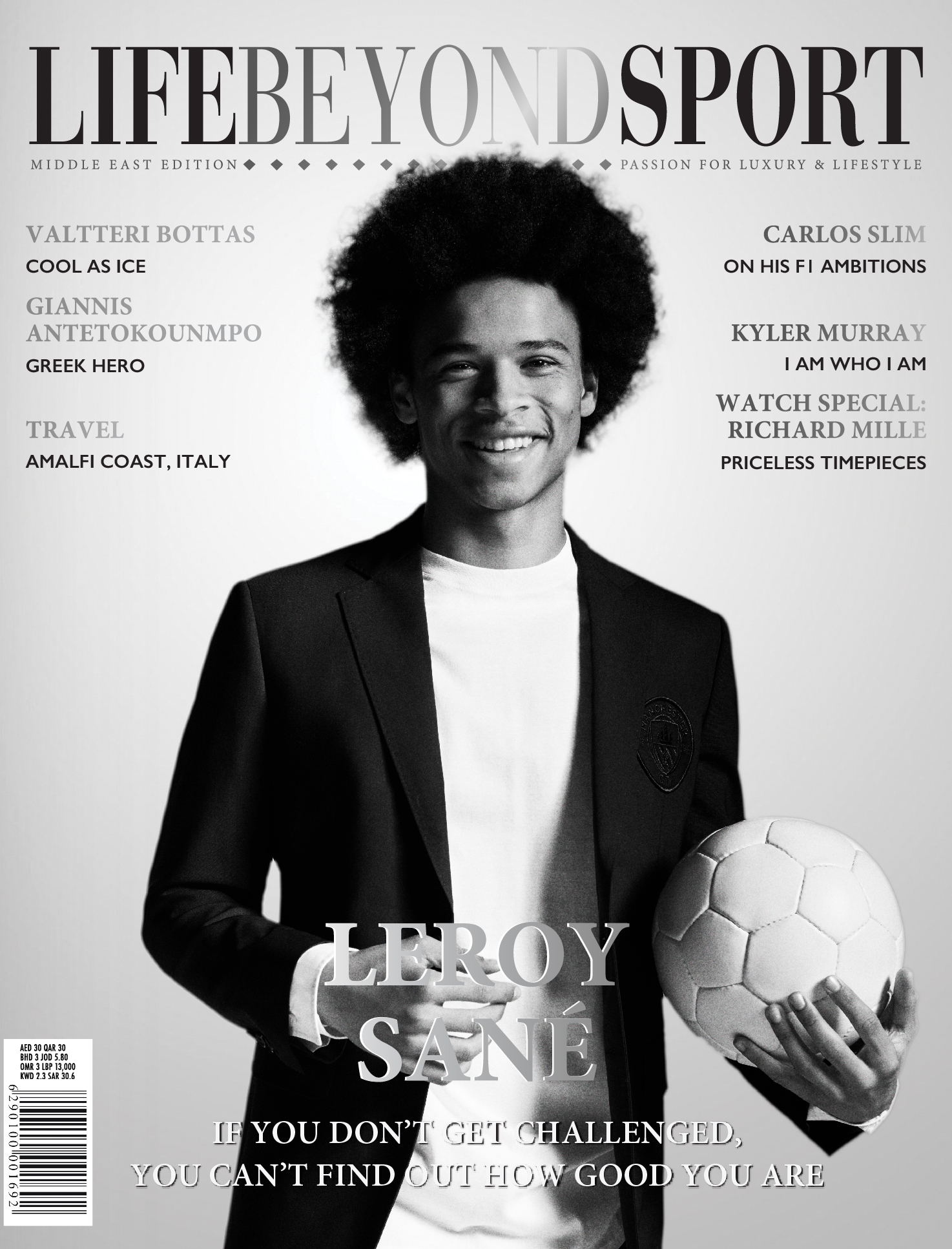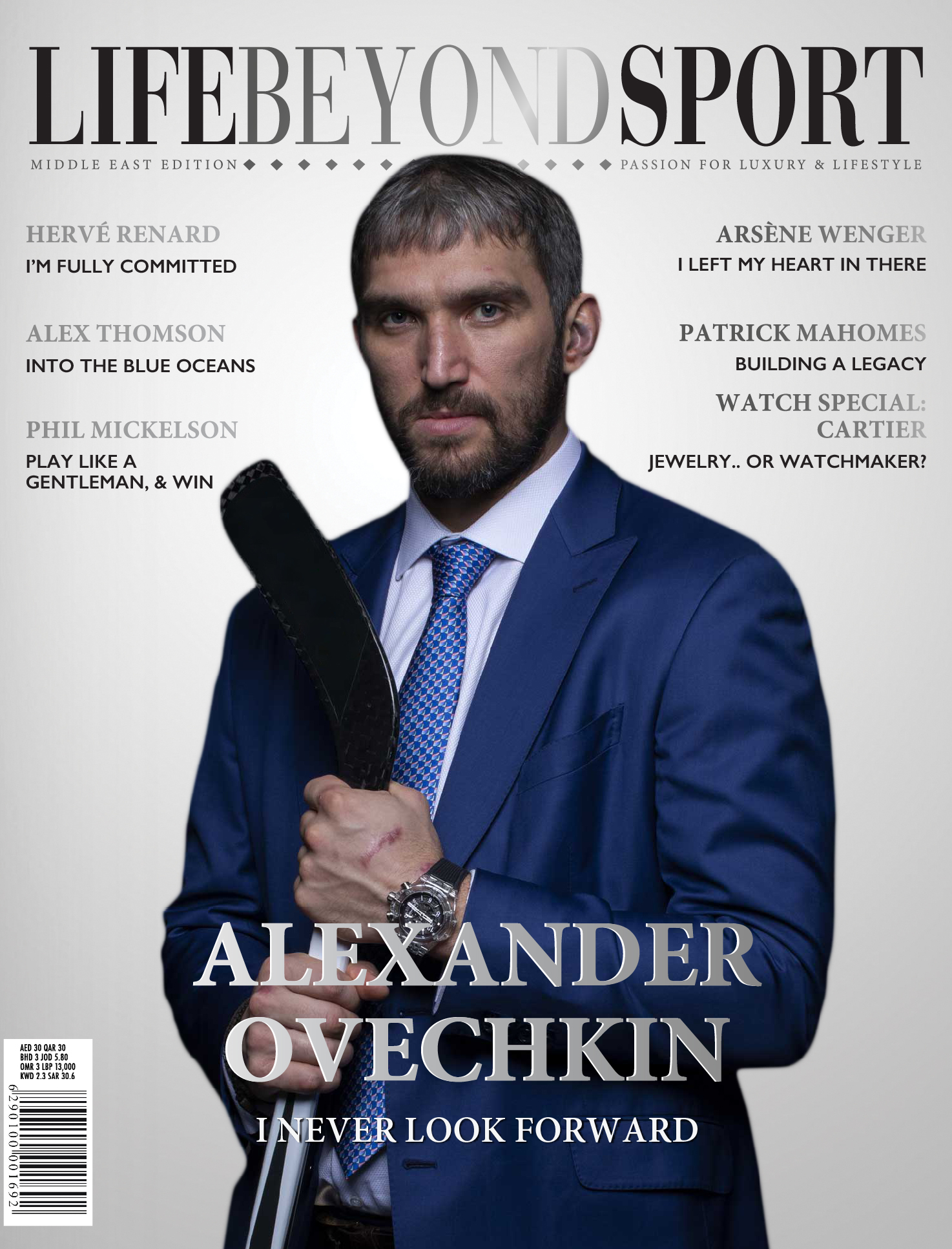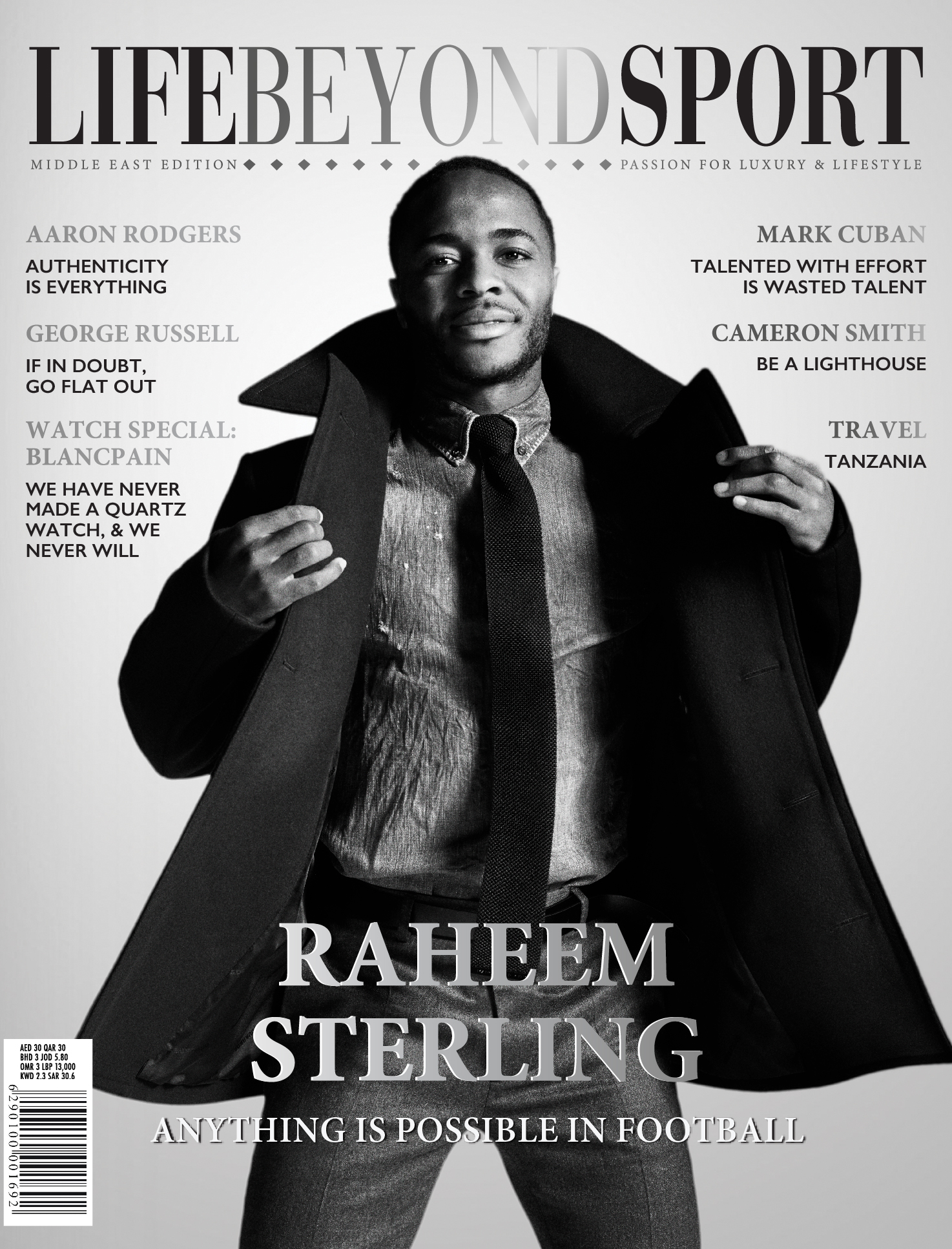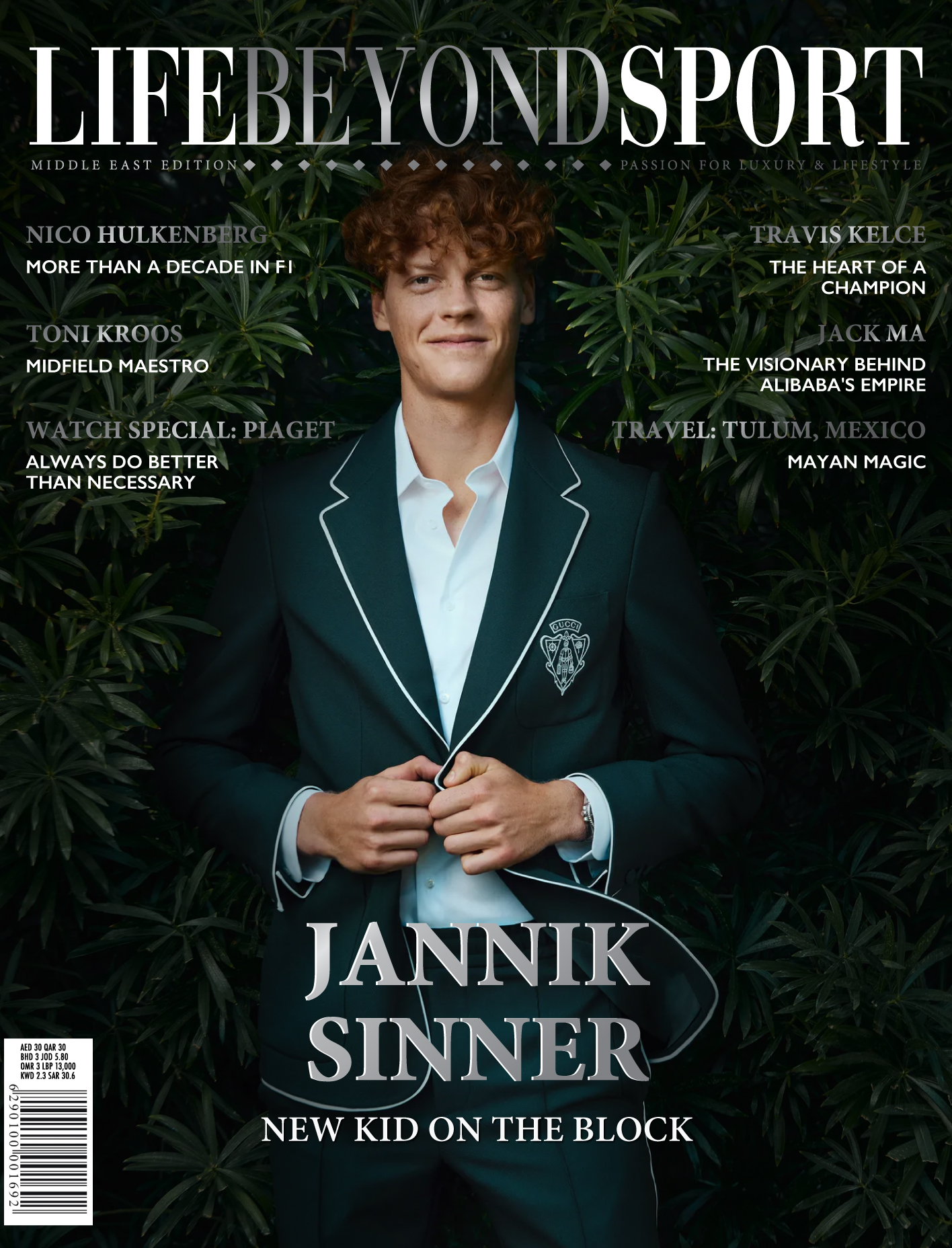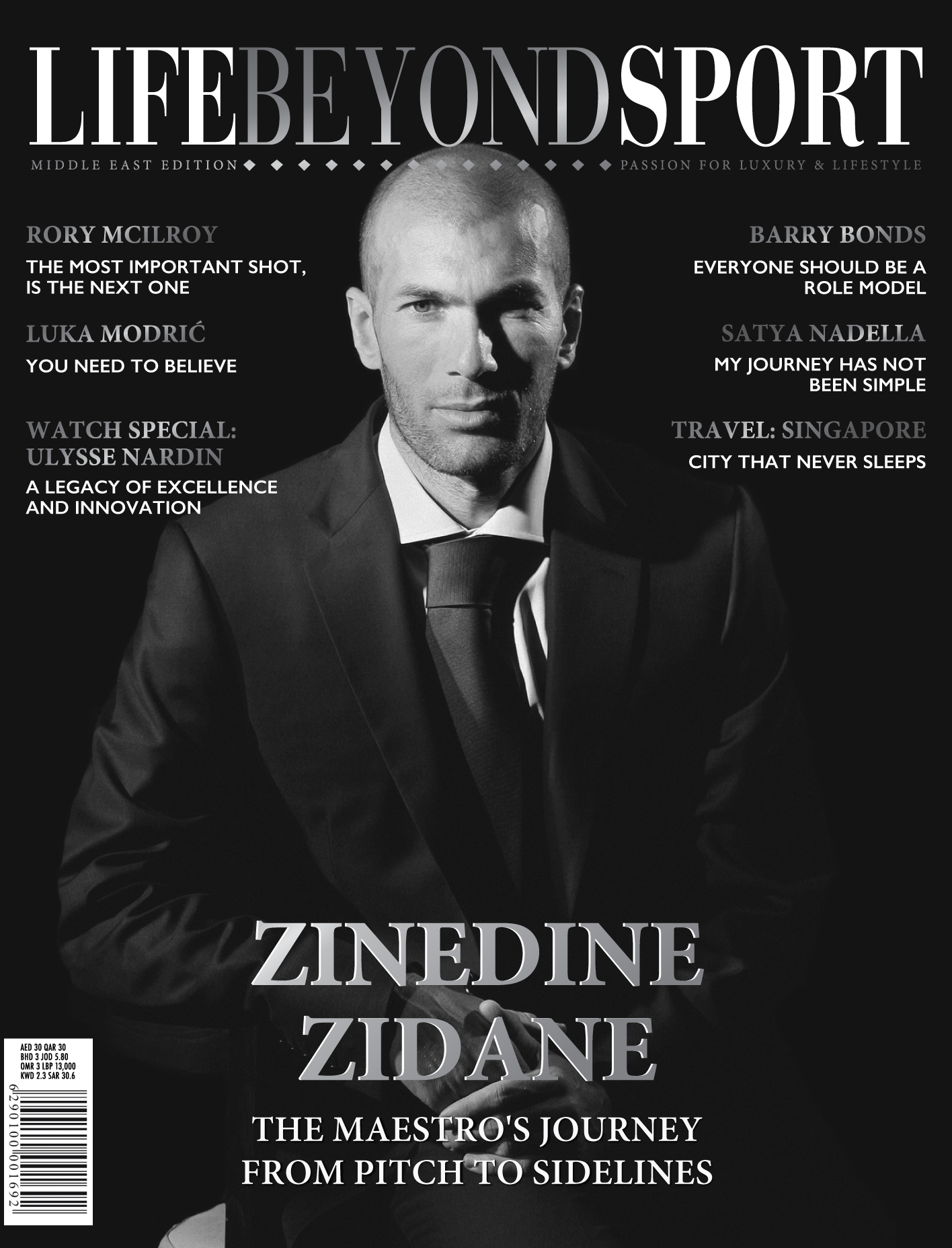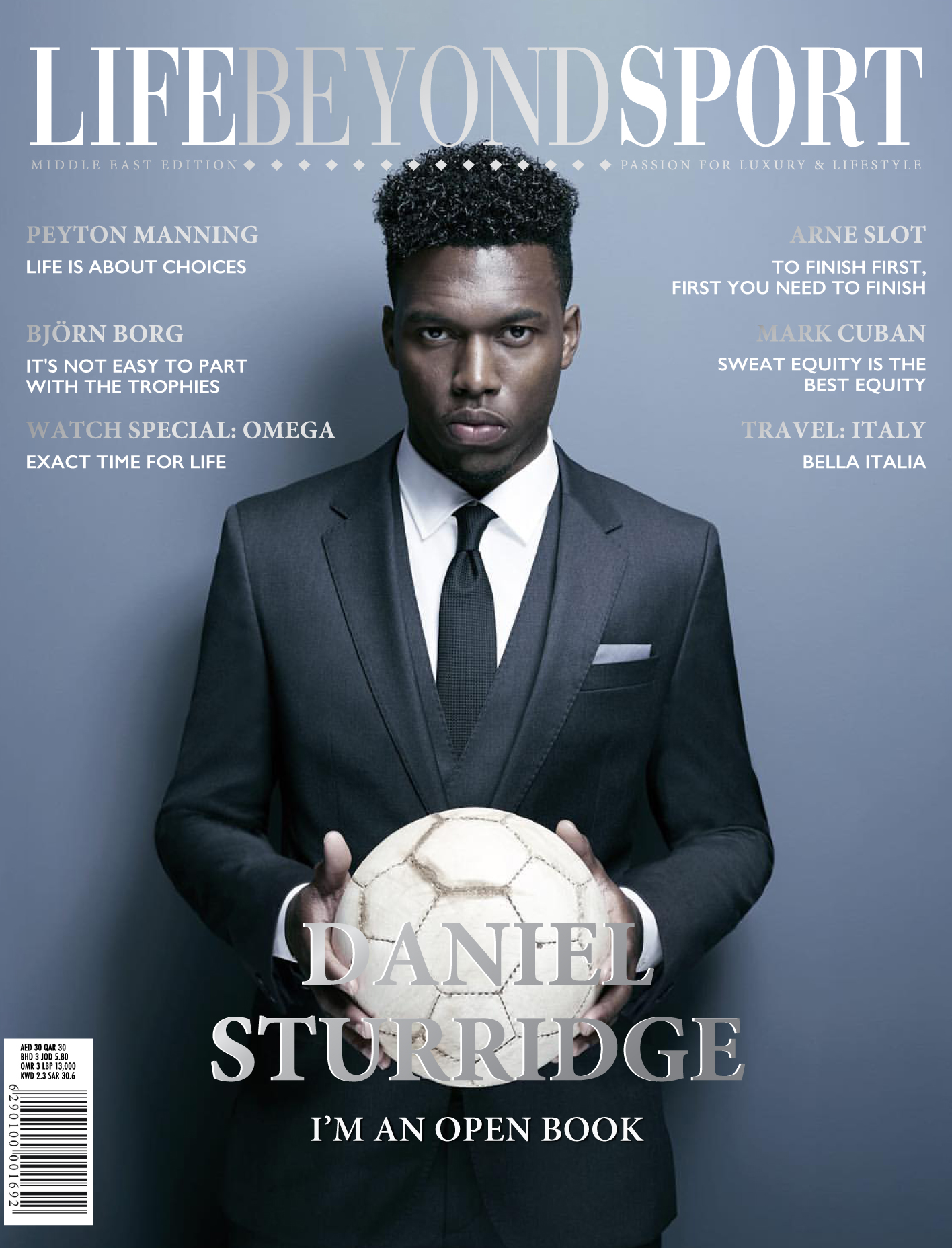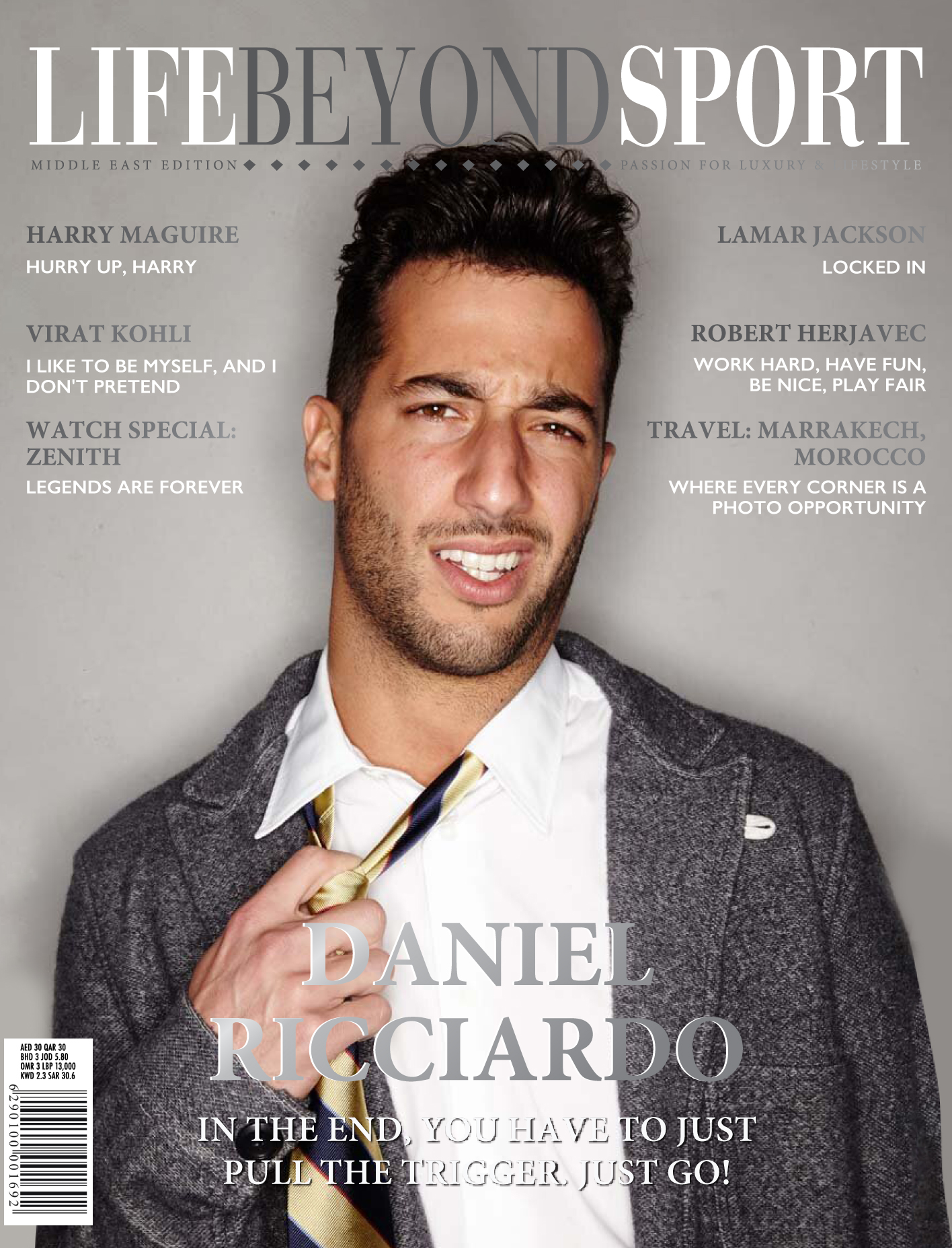The Amazon founder and chief executive talks exclusively to Life Beyond Sport about money, his family, drones in the suburbs and why he goes weak at the knees when he meets another entrepreneur.
How do you suppose Jeff Bezos, a man worth roughly $160bn, spends his weekends? Hobnobbing with other billionaires at his West Hollywood mansion or his multi-apartment home overlooking New York's Central Park?
Not last weekend. He was in the US coastal city of Seattle that he and his family have called home for the past two decades. And he went to the movies.
“I saw the movie Venom with Tom Hardy with my kids. It’s terrific, it’s extremely good,” laughs the 55-year-old.
As well as going to the cinema, he and the rest of the Bezos clan (his four kids) – also hung out at the city’s basketball arena.
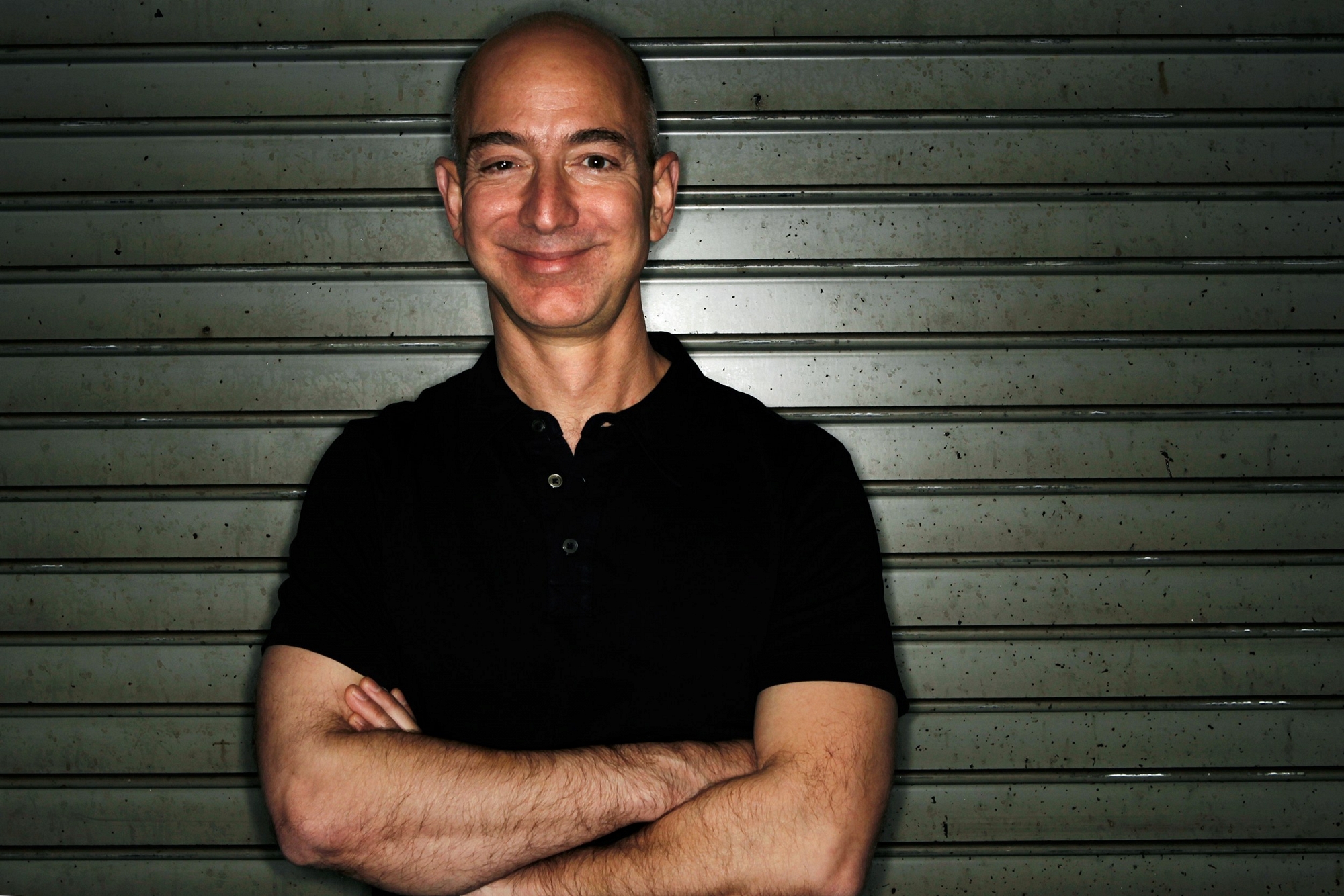
The Bezos were there, with thousands others, to watch the Dota2 International championship, at which video gamers battled it out for an $18m prize. The whole thing was streamed to hundreds of thousands of Dota2 fans on the internet, via Twitch.TV.
“eSports has become a big thing. There were many, many thousands watching live… and it was really quite amazing,” says Bezos.
“I’m a consumer of media of all kinds. But that kind of media is a whole new segment that is very exciting.”
We can be pretty sure Bezos knows what he’s talking about; the founder and chief executive of Amazon is single-handedly responsible for changing the way the world accesses and consumes media.
From the humble origins selling books over the internet, to the plethora of products the company has on offer today – everything from its yet-to-be-sold-in-the-UK voice-activated Echo device, which provides information and controls light switches, to Amazon Fire TV, which now has over 2,000 channels – Amazon has been at the forefront of technological invention for the past two decades.
“Starting with customers, working backwards - that’s the kind of thing that has become a habit at Amazon,” says Bezos, when asked how the company remains innovative despite its size – having grown from three employees to in excess of 200,000 staff around the world.
“We also have an eagerness to invent that is a deep part of our culture, as is a willingness to think long term. We can work on things that don’t need to work for five, six, seven years…there aren’t many companies willing to take that kind of time horizon.
“And then finally a culture of operational excellence, and I mean that in the sense that Toyota might mean it. Finding defects, doing root cause analysis, working to fix things - that kind of operational excellence has also become a big part of who we are.”
“So when you apply those four things [trust, invention, investment, and operational excellence] they work in a lot of different parts of our business.”

Back to the start
Hanging on the wall of the lobby of 'Day One North’, a glass covered low-rise office building in the middle of Seattle’s growing South Lake Union technology district, is a piece of art by American artist Keith Haring called “Double Retrospect”. It is a 32,000 piece jigsaw made up of multi-coloured characters doing quirky things.
A small plaque to the left of the piece reads: “It makes total sense that the world’s largest store has the world’s largest puzzle.”
Day One? The building got its name from the Bezos’s insistence that it is still Day One of the internet. North? Because there’s also a South, just opposite, obviously.
It is one of 20 buildings in the Amazon campus – all with equally intriguing names, from Wainwright, the surname of the first customer, to Fiona, the original code-name for Kindle - that house the internet giant’s 20,000 or so Seattle staff.
It is all a far cry from the small garage, across Lake Washington in suburban Bellevue, from which the then 31-year-old Bezos, his wife and first employee Shel Kaphan began the business.
Twenty years after Amazon delivered its first book – the business began in 1994 as Cadabra but only became Amazon a year later after a lawyer misheard its original name as Cadaver - Bezos is sitting in a non-descript meeting room on the fourth floor of Day One North, wearing a trademark button-down blue checked
shirt, and jeans, playing with a coffee cup.
“Twenty years? Isn’t that amazing,” he beams. “In some ways it seems as if it all just happened yesterday, and in some ways it seems like 100 years.”
The company started out as a business plan, written by Bezos while still at D. E. Shaw, the Wall Street hedge fund. On the back of the plan he raised $300,000 (£191,747) and headed west with MacKenzie to start their new adventure.
“The original Amazon plan was focused exclusively on books, and I expected the company to grow slowly over a large number of years. But it actually grew very quickly right from the beginning.”
“These are very humble roots I can assure you,” he smiles. “I drove the packages to the Post Office in my Chevy Blazer.”
But grow it did, from books to music to everything that can be delivered, Amazon developed from an online retailer into a multi-faceted business with offerings as varied as its cloud computing arm, AWS, and its original television production arm.
The company is now worth about $1trillion, and generated a profit of $3bn last year. Bezos prefers to reinvest earnings rather than return them to shareholders.
At the company’s heart over those past two decades, whether it has been going up against book retailers or publishers or even other technology giants such as eBay, appears to have been one concept: disruption.
But Bezos doesn’t wholly agree. “Disruption is a consequence of customers liking the new way. Maybe it’s just a mind-set…but a better mind set, and one that we use, is: How do you delight customers?
“We don’t seek to disrupt, we seek to delight. If you invent something completely new and radical and customers don’t care about it, it’s not disruptive. Radical invention is only disruptive if customers love it.”

Working in the future
Given his rather considered management quirks – he doesn’t allow PowerPoint presentations as he believes bullet points don’t convey quality information, and rotates senior managers as his 'shadow’ every 12 to 18 months to create “ambassadors” around the business who can “model” his thinking - Bezos is a little less considered when it comes to managing his own money.
“I just get all weak-kneed around entrepreneurs. I just love it. If I have a meeting with an entrepreneur, I’m always charmed by them,” he smiles.
Is it important to him to share his wealth with fellow inventors?
“Absolutely. In my personal investments I’m mostly doing things that I’m curious about. And passionate about. In many cases I don’t necessarily expect them to be good investments.”
His list of personal investments is wide-ranging, from tech companies including Uber and AirBnB to more unusual projects such as the 10,000 Year Clock in the San Diablo mountain range in California to a centre at Princeton, his alma mater, dedicated to neural circuit dynamics (understanding how the brain works).
But perhaps his most public investment was the $250m acquisition of the Washington Post in 2013.
“I was not seeking to buy a newspaper,” he says, pinpointing a telephone call from owner Don Graham’s investment banker as the start of the process.
Despite having known Graham for 15 years, Bezos was still surprised by the call. “I ended up having some long conversations with Don, and the actual details of the acquisition were incredibly simple.
“I know him so well and he’s such a high integrity person, I didn’t negotiate with him, I paid the price he asked, I did no due diligence, he told me everything about the company including all the wonderful things and all the terrible things and he walked me through every nook and cranny and I would say it’s turned out to be exactly how he described it in every way.”
How do you suppose Jeff Bezos, a man worth roughly $160bn, spends his weekends? Hobnobbing with other billionaires at his West Hollywood mansion or his multi-apartment home overlooking New York's Central Park?
Not last weekend. He was in the US coastal city of Seattle that he and his family have called home for the past two decades. And he went to the movies.
“I saw the movie Venom with Tom Hardy with my kids. It’s terrific, it’s extremely good,” laughs the 55-year-old.
As well as going to the cinema, he and the rest of the Bezos clan (his four kids) – also hung out at the city’s basketball arena.
The Bezos were there, with thousands others, to watch the Dota2 International championship, at which video gamers battled it out for an $18m prize. The whole thing was streamed to hundreds of thousands of Dota2 fans on the internet, via Twitch.TV.
“eSports has become a big thing. There were many, many thousands watching live… and it was really quite amazing,” says Bezos.
“I’m a consumer of media of all kinds. But that kind of media is a whole new segment that is very exciting.”
We can be pretty sure Bezos knows what he’s talking about; the founder and chief executive of Amazon is single-handedly responsible for changing the way the world accesses and consumes media.
From the humble origins selling books over the internet, to the plethora of products the company has on offer today – everything from its yet-to-be-sold-in-the-UK voice-activated Echo device, which provides information and controls light switches, to Amazon Fire TV, which now has over 2,000 channels – Amazon has been at the forefront of technological invention for the past two decades.
“Starting with customers, working backwards - that’s the kind of thing that has become a habit at Amazon,” says Bezos, when asked how the company remains innovative despite its size – having grown from three employees to in excess of 200,000 staff around the world.
“We also have an eagerness to invent that is a deep part of our culture, as is a willingness to think long term. We can work on things that don’t need to work for five, six, seven years…there aren’t many companies willing to take that kind of time horizon.
“And then finally a culture of operational excellence, and I mean that in the sense that Toyota might mean it. Finding defects, doing root cause analysis, working to fix things - that kind of operational excellence has also become a big part of who we are.”
“So when you apply those four things [trust, invention, investment, and operational excellence] they work in a lot of different parts of our business.”
Back to the start
Hanging on the wall of the lobby of 'Day One North’, a glass covered low-rise office building in the middle of Seattle’s growing South Lake Union technology district, is a piece of art by American artist Keith Haring called “Double Retrospect”. It is a 32,000 piece jigsaw made up of multi-coloured characters doing quirky things.
A small plaque to the left of the piece reads: “It makes total sense that the world’s largest store has the world’s largest puzzle.”
Day One? The building got its name from the Bezos’s insistence that it is still Day One of the internet. North? Because there’s also a South, just opposite, obviously.
It is one of 20 buildings in the Amazon campus – all with equally intriguing names, from Wainwright, the surname of the first customer, to Fiona, the original code-name for Kindle - that house the internet giant’s 20,000 or so Seattle staff.
It is all a far cry from the small garage, across Lake Washington in suburban Bellevue, from which the then 31-year-old Bezos, his wife and first employee Shel Kaphan began the business.
Twenty years after Amazon delivered its first book – the business began in 1994 as Cadabra but only became Amazon a year later after a lawyer misheard its original name as Cadaver - Bezos is sitting in a non-descript meeting room on the fourth floor of Day One North, wearing a trademark button-down blue checked
shirt, and jeans, playing with a coffee cup.
“Twenty years? Isn’t that amazing,” he beams. “In some ways it seems as if it all just happened yesterday, and in some ways it seems like 100 years.”
The company started out as a business plan, written by Bezos while still at D. E. Shaw, the Wall Street hedge fund. On the back of the plan he raised $300,000 (£191,747) and headed west with MacKenzie to start their new adventure.
“The original Amazon plan was focused exclusively on books, and I expected the company to grow slowly over a large number of years. But it actually grew very quickly right from the beginning.”
“These are very humble roots I can assure you,” he smiles. “I drove the packages to the Post Office in my Chevy Blazer.”
But grow it did, from books to music to everything that can be delivered, Amazon developed from an online retailer into a multi-faceted business with offerings as varied as its cloud computing arm, AWS, and its original television production arm.
The company is now worth about $1trillion, and generated a profit of $3bn last year. Bezos prefers to reinvest earnings rather than return them to shareholders.
At the company’s heart over those past two decades, whether it has been going up against book retailers or publishers or even other technology giants such as eBay, appears to have been one concept: disruption.
But Bezos doesn’t wholly agree. “Disruption is a consequence of customers liking the new way. Maybe it’s just a mind-set…but a better mind set, and one that we use, is: How do you delight customers?
“We don’t seek to disrupt, we seek to delight. If you invent something completely new and radical and customers don’t care about it, it’s not disruptive. Radical invention is only disruptive if customers love it.”
Working in the future
Given his rather considered management quirks – he doesn’t allow PowerPoint presentations as he believes bullet points don’t convey quality information, and rotates senior managers as his 'shadow’ every 12 to 18 months to create “ambassadors” around the business who can “model” his thinking - Bezos is a little less considered when it comes to managing his own money.
“I just get all weak-kneed around entrepreneurs. I just love it. If I have a meeting with an entrepreneur, I’m always charmed by them,” he smiles.
Is it important to him to share his wealth with fellow inventors?
“Absolutely. In my personal investments I’m mostly doing things that I’m curious about. And passionate about. In many cases I don’t necessarily expect them to be good investments.”
His list of personal investments is wide-ranging, from tech companies including Uber and AirBnB to more unusual projects such as the 10,000 Year Clock in the San Diablo mountain range in California to a centre at Princeton, his alma mater, dedicated to neural circuit dynamics (understanding how the brain works).
But perhaps his most public investment was the $250m acquisition of the Washington Post in 2013.
“I was not seeking to buy a newspaper,” he says, pinpointing a telephone call from owner Don Graham’s investment banker as the start of the process.
Despite having known Graham for 15 years, Bezos was still surprised by the call. “I ended up having some long conversations with Don, and the actual details of the acquisition were incredibly simple.
“I know him so well and he’s such a high integrity person, I didn’t negotiate with him, I paid the price he asked, I did no due diligence, he told me everything about the company including all the wonderful things and all the terrible things and he walked me through every nook and cranny and I would say it’s turned out to be exactly how he described it in every way.”
Bezos hints that the purchase was a one-off, rather than part of a desire to become a newspaper mogul. “The financials of the Post are very difficult. And that’s not unique to the Post, it’s a problem that many newspapers have.”
Despite the fact that he sold $534m worth of Amazon shares back in 2015, Bezos remains focused on the job in hand, even 20 years on.
“I’ve liked every phase of the company. I loved the beginning, and I love it just as much now,” he says.
“I took my extended family on vacation in the south of France, and we had an unbelievable time, and we had great food, and we were there for a week.
“But when I got back to Seattle I ran in to the office, I danced in. I love my job and consider myself incredibly lucky – and that’s been true for 20 years, it hasn’t changed.”
Can he see himself at the helm in another 20 years, by which point he’ll be 75?
Almost all the people I work with on a daily basis, are paid volunteers – at this point I’ve been working with them for more than a decade, and they can do whatever they want, they could be sipping margaritas on a beach, but they’re here. Paid volunteers are the best people to work with as they’re here for the right reasons. I have a team of people that I love. And we get to work in the future, and that’s so fun, so I hope so.”
Working in the future. For Bezos that isn’t a mission impossible, it’s what the last 20 years have been all about.
Bezos hints that the purchase was a one-off, rather than part of a desire to become a newspaper mogul. “The financials of the Post are very difficult. And that’s not unique to the Post, it’s a problem that many newspapers have.”
Despite the fact that he sold $534m worth of Amazon shares back in 2015, Bezos remains focused on the job in hand, even 20 years on.
“I’ve liked every phase of the company. I loved the beginning, and I love it just as much now,” he says.
“I took my extended family on vacation in the south of France, and we had an unbelievable time, and we had great food, and we were there for a week.
“But when I got back to Seattle I ran in to the office, I danced in. I love my job and consider myself incredibly lucky – and that’s been true for 20 years, it hasn’t changed.”
Can he see himself at the helm in another 20 years, by which point he’ll be 75?
Almost all the people I work with on a daily basis, are paid volunteers – at this point I’ve been working with them for more than a decade, and they can do whatever they want, they could be sipping margaritas on a beach, but they’re here. Paid volunteers are the best people to work with as they’re here for the right reasons. I have a team of people that I love. And we get to work in the future, and that’s so fun, so I hope so.”
Working in the future. For Bezos that isn’t a mission impossible, it’s what the last 20 years have been all about.
.jpg) Life Beyond Sport magazine is a pioneering publication that breaks through the traditional barriers of men’s lifestyle magazines by smoothly combining a man’s love of sport with his passion for the finer things in life. The magazine contains a range of features, interviews and photo-shoots that provide an exclusive insight into the sportsman’s lifestyle. Only in Life Beyond Sport will you find the biggest names from the worlds of Football, Tennis, Formula 1, Golf, Polo and more.
Life Beyond Sport magazine is a pioneering publication that breaks through the traditional barriers of men’s lifestyle magazines by smoothly combining a man’s love of sport with his passion for the finer things in life. The magazine contains a range of features, interviews and photo-shoots that provide an exclusive insight into the sportsman’s lifestyle. Only in Life Beyond Sport will you find the biggest names from the worlds of Football, Tennis, Formula 1, Golf, Polo and more.